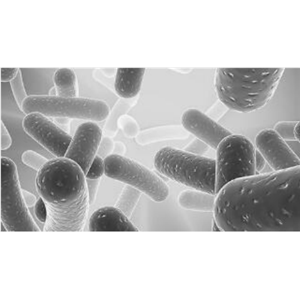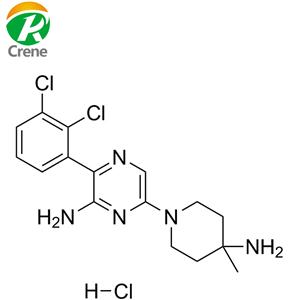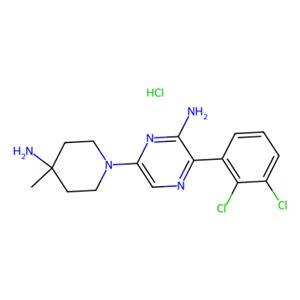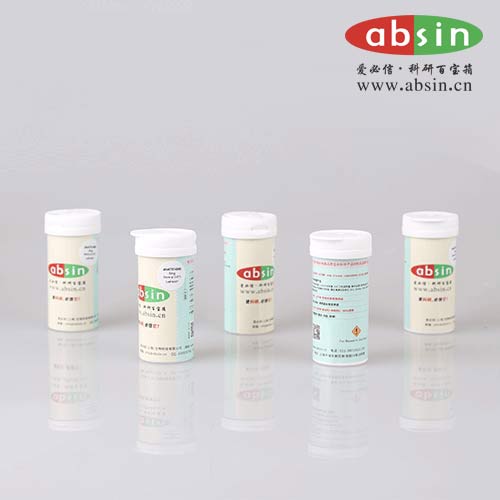SHP-099盐酸盐
SHP099 hydrochloride
询价
5mg
起订
25mg
起订
上海 更新日期:2023-10-16
产品详情:
- 中文名称:
- SHP-099盐酸盐
- 英文名称:
- SHP099 hydrochloride
- 保存条件:
- store at -20℃ for one year(Powder)
- 纯度规格:
- >98 %
- 产品类别:
- 激动剂抑制剂
公司简介
爱必信(上海)生物科技有限公司成立于2010年,位于上海市申江科创园。是一家自主研发和生产生物试剂的公司。
Absin?是爱必信(上海)生物科技有限公司的试剂品牌,目前已近60万种生化试剂,10万种抗体,其基础生化试剂在基础科学领域得到广泛应用的同时,特色产品线常规生化试剂,血清,小分子激动剂及抑制剂在业界也备受好评。
Absin秉承踏实,务实,求精和不断创新的精神为中国科学家提供最好的产品,努力打造属于中国自己的生物试剂品牌,为广大科学家提供更全面更丰富更优质的产品。
爱科研,必信它(Absin)!Absin努力成为你身边的科研百宝箱!
| 成立日期 | (15年) |
| 注册资本 | 2500万 |
| 员工人数 | 100-500人 |
| 年营业额 | ¥ 1000万-5000万 |
| 经营模式 | 工厂 |
| 主营行业 | 生化试剂,抗体,分子生物学,生物活性小分子 |
SHP-099盐酸盐相关厂家报价 更多
-

- 1801747-11-4
- 河南威梯希化工科技有限公司 VIP
- 2025-02-05
- 询价
-

- SHP2抑制剂
- 上海泽叶生物科技有限公司 VIP
- 2025-01-20
- 询价
-

- SHP-099盐酸盐
- 台州市科瑞生物技术有限公司 VIP
- 2024-12-11
- 询价
-

- aladdin 阿拉丁 S413959 SHP099 HCl 1801747-11-4 98%
- 上海阿拉丁生化科技股份有限公司 VIP
- 2024-11-29
- ¥4737.90


